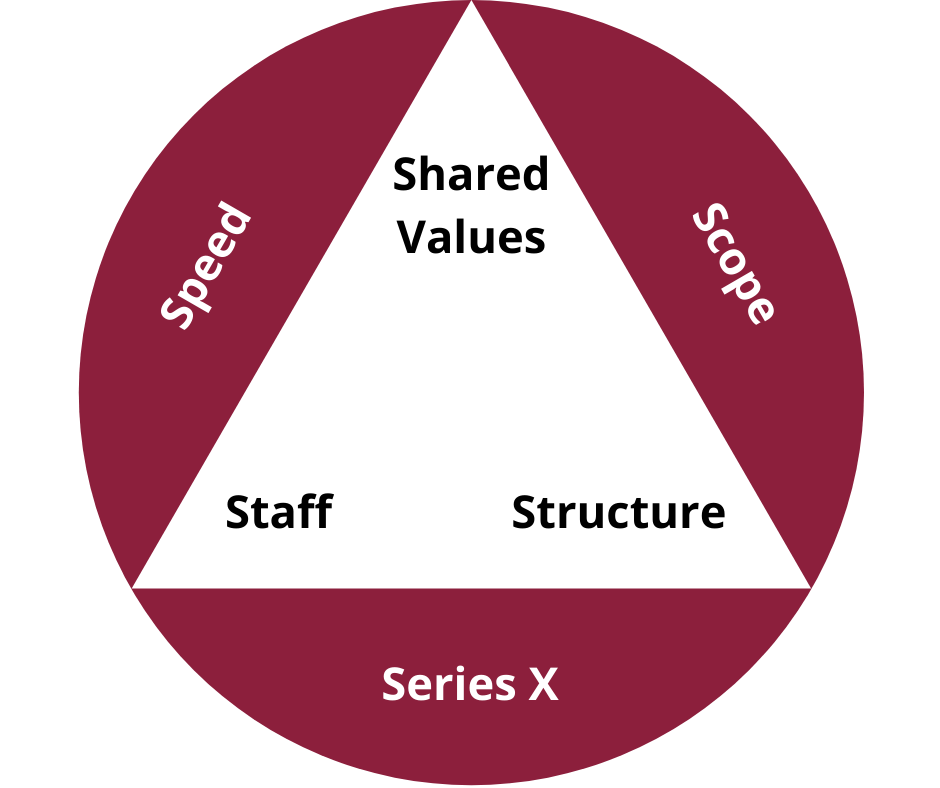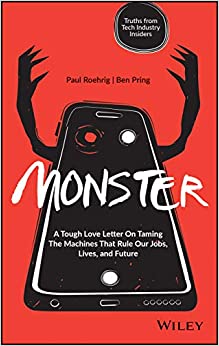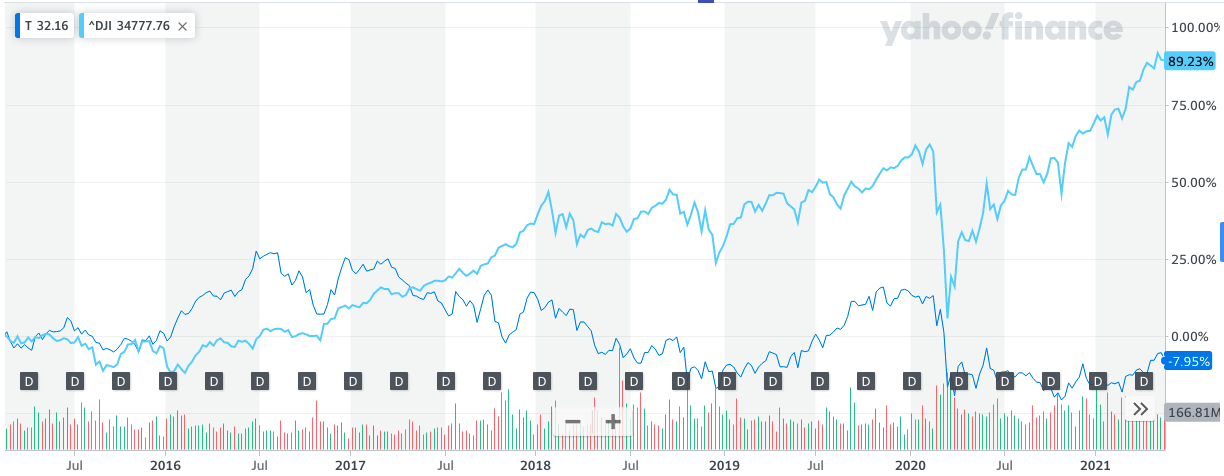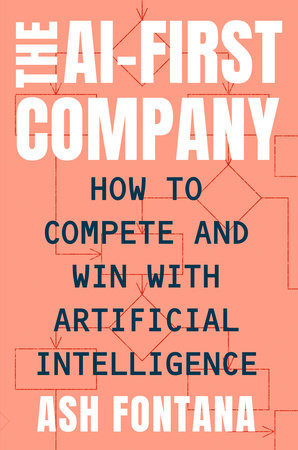The Six S Framework
The Six S framework is another tool introduced by Tom Eisenmann in his book Why Startups Fail. He uses this framework to identify the most likely reasons that later-stage startups might fail. My perspectives differ slightly from Eisenmann. I see three of the six S’s (Speed, Scope, and Series X) representing the three dimensions that define has a VC-backed startup might scale. I see the other three (Shared Values, Staff, and Structure) representing the level of internal maturity of the business.
As Eisenmann points out in his book, the different dimensions of scaling all have benefits, but can also introduce significant (even fatal) challenges for startups. I believe that a business that has well established Shared Values, a well defined Structure, and the right Staff for the company’s current level of development, is well positioned to manage the challenges of rapidly scaling.
In practical use, I see the framework serving almost like a “pre-flight” checklist, regularly examined by leadership. Many industries have adopted safety checklists to avoid catastrophic disasters. I’m glad that entrepreneurs now have their own framework for doing the same.
The Six S Framework Read More »










